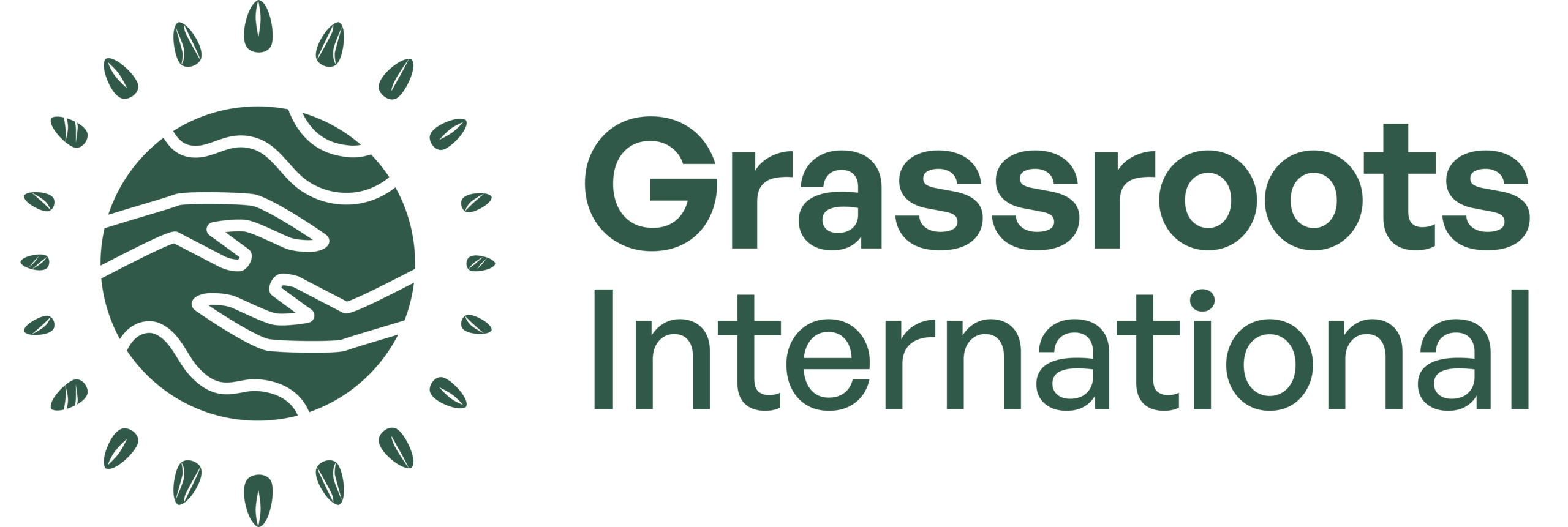Scrolling Through the Past: Collaboration, Communal Trauma, and Collective Healing
A common tool in trauma recovery is storytelling, or the idea of reclaiming a personal narrative. As humans, we’ve always told stories to make sense of the world; trauma is a cataclysmic event of many magnitudes, one that upends a comfortable reality. Is it any wonder that this is a framework we turn to when the unthinkable happens?
Less commonly studied are the effects of storytelling when addressing communal and historical trauma, and this is what AgitArte seeks to express in their ambitious “End the debt! Decolonize! Liberate Puerto Rico! Scroll” project. Three inches wide and over 170 feet long, the scroll was developed over 15 months in collaboration with AgitArte and Papel Machete, as well as Estefanía Rivera, Crystal Clarity, Rachel Schragis, and Emily Simons.
Tracing the island’s history from the colonization of Puerto Rico (Borikén) to the disastrous US response to Hurricane Maria, the scroll is a powerful piece of narrative giving a voice to a history often overlooked and deliberately forgotten. Opening with brilliantly blue ocean waters and lush greenery, which are rapidly overtaken by dulled yellows and washed-out grays of rapacious industry, the inkwork is at once deft and tender, detailing centuries of extortion and destruction for capital gain.
Reclaiming the Narrative, Celebrating Resistance
In the interest of reclaiming the narrative, the scroll not only traces the path of imperialism, but of the vibrant and joyous resistances. From strikes to local food kitchens to dancing in the streets, the communal heartbeat of Borikén is strong. One portion of the scroll declares “Solidaridad y sobrevivencia para nuestra liberación” (“Solidarity and survival for our liberation”), after the pitch-black desolation depicting Hurricane Maria.
After the fiery call for liberation, color returns to the scroll with scenes of communal care and collaboration. Woven between these is the call for ‘Descolonización e independencia ¡ahora!’ (‘Decolonization and independence now!’). As the scenes of the protests for independence grow more prominent, a bright familiar blue begins to creep in, and the end of the scroll is colored the same as a clear sky or ocean water, wide open with possibility. The story is far from over; indeed, it seems to ask: “What next, Borikén?”
END THE DEBT! DECOLONIZE! LIBERATE! PART 4 (Finale) from Osvaldo Budet on Vimeo.


